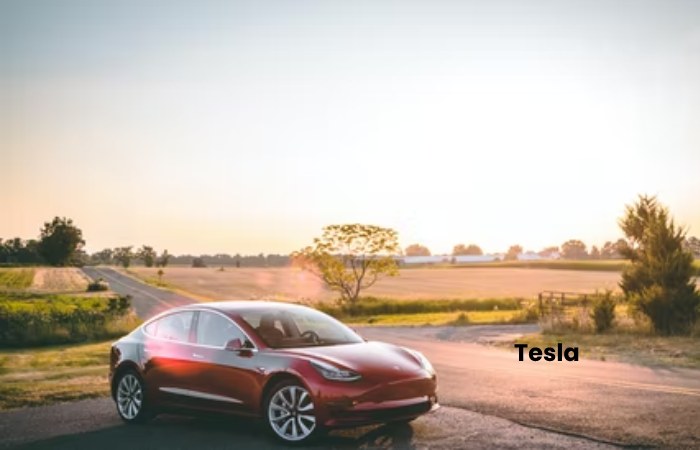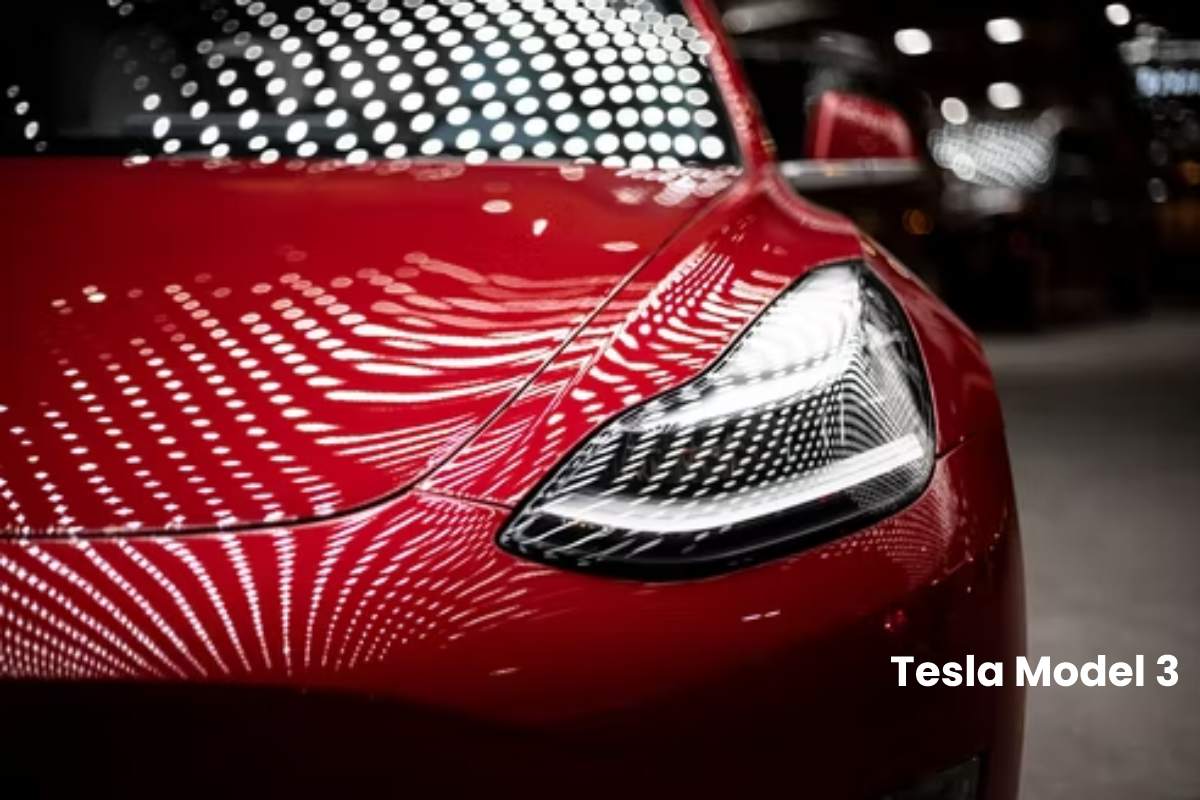The Tesla Model 3 is, how could it be otherwise with the name. It is the third vehicle of the purely electric car brand after the two more prominent Model S and Model X. Close observers of the company pay attention. However, because one counts the former Tesla Roadster 2008, the Model 3 would have to become a Model 4 very quickly.
Table of Contents
Tesla’s Rapid Rise
The entry into the automotive industry for the company, founded in 2003 and renamed from Tesla Motors to Tesla, Inc.
From the start, Tesla positioned itself as a manufacturer of purely electric vehicles and quickly established itself as a pioneer in electromobility. The brand was highly successful with the Model S, mainly due to large batteries with a long-range. Autonomous driving and a design language that is straightforward, modern and attractive. Today, Tesla is almost like the Apple of the auto industry.
A New Entry-Level Model
With the Model 3 presented in 2016, Tesla finally expanded its range of vehicles with a comparatively small and inexpensive Model. With just over €40,000, thanks to the Model 3, entry into electromobility with the “T” on the hood is now possible. But Tesla wouldn’t be Tesla if the Model 3 weren’t still in the upper-middle class.
Vehicle Type
Like the Model S, the Model 3 is an electric sedan. However, simultaneously, Tesla is also moving into other segments and offering SUV models with the Model X and Model Y.
Electric Car
The electric car is the brand’s flagship discipline, which has made a significant contribution to the competitiveness of electric models. Tesla made the electric car more or less socially acceptable with long-range, high connectivity and numerous assistance systems. It is also the case with the smallest Tesla electric car, the Model 3, which ranges up to 602 kilometers.
The Tesla Model 3 sets standards for electric cars in many ways, as two ADAC car tests show. But there is also resentment.
- Top: Excellent drive, excellent range
- “Autopilot” gives the driver a false sense of security
- Facelift: heat pump, new software, changed optics
- Batteries of the China version cause resentment
The fight for the lead in electric cars is in full swing. The major car manufacturers are currently trying to close the technological gaps with Tesla. Volkswagen launched the VW ID.4 as a competitor to the Tesla Model 3 in the middle class. BMW pits the powerfully performing iX3 electric SUV against the Tesla Model X. With the luxury sedan EQS, Mercedes wants to compete with the Tesla Model S. Ford is sending the Mustang Mach-E into the race for electric SUVs at competitive prices from 47,500 euros. And these are just the most prominent examples.
So it’s no wonder that the Californian automaker has decided to strengthen the Model 3 and the Model X, and Model S with a series of facelifts. And there is also a new addition: the Model Y has been available in Germany since the autumn of 2021.
Facelift – This Is What The Tesla Model 3 Looks Like Now
Compared to our test vehicles, the current Model 3 recognizes by the black door handles and window frames. The permanently installed mat for inductive charging of two smartphones is practical.
The most important technical change in the Model 3 was a heat pump. There is also a software update that optimizes engine control and battery management.
The new terminology for the compact Stromer is Model 3, Model 3 Maximum Range and Model 3 Performance. For the basic version with rear-wheel drive, Tesla now specifies a WLTP range of 491 kilometers – measured at an outside temperature of around 20 degrees, i.e. without heating. But when it’s cold in winter and the transitional period, the heat pump now pays off: it can significantly reduce heating energy loss. The other two versions should even go 614 and 547 kilometers with one battery charge.
The prices are a little strange on the Tesla homepage. However, the manufacturer’s share of the environmental bonus deducts, so the car costs 46,560 euros. And to complete the confusion: If the state and manufacturer premiums deduct and the processing fee of 980 euros, the nominal Tesla costs from 37,970 euros.
Model 3 – Great Dissatisfaction With The Battery
But there is also displeasure with Tesla’s new offerings. In the meantime, a customer of a Model 3 – whether he was getting a vehicle made in America with a lithium-ion battery or a car made in China. In the meantime, however, all Model 3 for the EU market come from the Gigafactory in Shanghai – as does the Model Y.
The crux of the matter: the Chinese models, at least the cheap basic version, are supplied with a lithium-iron-phosphate battery (LFP battery). And apparently, it has pitfalls. Complaints are circulating on social media that the LFP batteries are struggling with range. They often only allow a very small charging capacity in winter or lose an inexplicable amount of energy if the Model 3.
Two Versions Of The Tesla Model 3 Tested
The ADAC tested two versions of the Model 3, produced in the USA: The Model 3 AWD Long Range version – compelling with a 75 kWh battery – and the Model 3 Standard Range Plus version – the basic Model for beginners. Both versions still correspond to the test status of 2019.
The tested Tesla Model 3 AWD Long Range has an electric motor on the front and one on the rear axle, i.e. all-wheel drive with a system output of 340 kW / 462 hp. In 2019, the test car, including the extras, was priced at 67,230 euros.
At the testing time, the Tesla Model 3 Standard Range Plus cost higher in the basic version. The apparent price difference is noticeable in several points: the standard Model only has one motor on the rear axle, the output limits to 225 kW / 306 hp, and the battery to 53 kWh of energy. And according to Tesla, the range is “only” 430 kilometers.
Overall, the Model 3 knows how to enormously inspire the Tesla fan community. People are posting their selfies, adventures, and experiences all over the world. The Internet is teeming with films showing delivery campaigns and alleged scenes of autonomous driving with the Model 3. Even ex-Formula One world champion Nico Rosberg is involved here. He lets himself be left behind by the Model 3 during the acceleration duel at the wheel of a racing Porsche.
Because of this enthusiasm, however, a fundamental question also comes to mind: Can high-performance, sporty sedans like the Model 3 and ecological awareness even be reconciled?
Realistic Range – 425 And 305 Kilometers
The first thing you look at is the environmental assessment. The ADAC applies strict standards: The ADAC Eco test also includes the emissions that arise during electricity production at the power plant. As a result, the electric car is no longer a zero-emission car, as the authorities see it. And can be compared relatively with vehicles powered by a combustion engine of any type (diesel, petrol, gas or hybrid).
According to Tesla, the range of the tested vehicles was up to 580 kilometers for the long-range in the WLTP and still 430 kilometers for the standard. But this information is more wishful thinking than reality. The result of the ADAC measurements. With a moderate driving style, a range of 425 kilometers is realistic with the long-range version. The energy consumption of 20.9 kWh per 100 kilometers (including charging losses) is okay considering the size of the vehicle and its performance.
The weaker standard version is slightly more economical at 19.5 kWh per 100 kilometers and has a range of 305 kilometers. Comparing to other electric cars these values are first class. Here you can read how much electricity other e-cars consume.
Conclusion
Tesla is growing on a large scale in the market. Many customers are happy with the service of Tesla model 3. The best part of Tesla is that it is electric. Electric vehicles are the future of the world.

